#MuseumProject Our layout & ideas for a clemson museum
The Clemson Football Museum
(funding opportunity to rename: Example would be like: The John G. Gordon Clemson Football Museum, etc.)
This is a layout of ideas that we would like to implement into a Clemson museum in downtown Clemson. A budget and breakdown is coming soon.
I. Entryway from the street/Entrance to Exhibits
A. As you walk into the building there is a modern reception desk-ticket purchase area—set in the center of the space. Behind it on a wall is a huge orange tiger paw over a purple background. To either side is the entryway to the museum to the right and the exit from the museum—close to gift shop--to the left.

B. As you enter the entryway entrance you will encounter a representation of Clemson’s downtown. The shop/building façades would include familiar main street icons from various eras of Clemson. They would be mixed together-and not representative of any one period. It would look like night on the street. There will be several TV monitors in the windows of these shops/buildings with continuous TV highlights from different eras of Clemson football represented by the shop/building and the TV it is playing on.
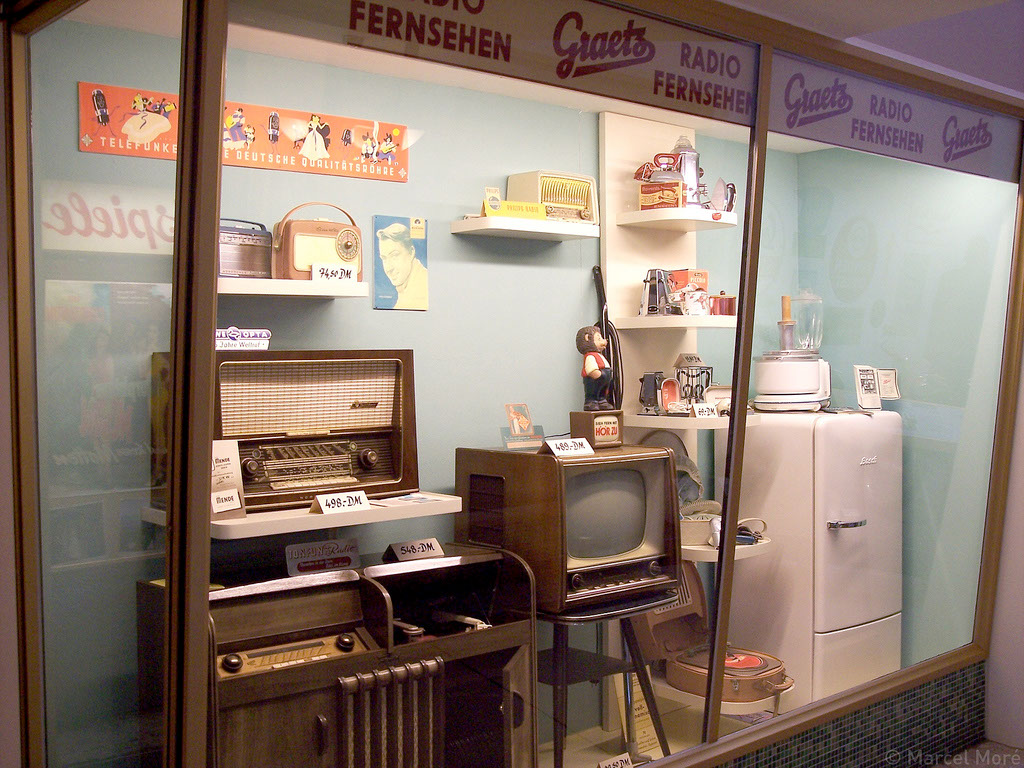
C. Once you are past the street scene you find yourself in another hallway and on either side are tall standing glass cases with various uniforms and helmets on top. Placards and pictures will highlight uniform changes throughout the years—1896-2016. There will be 8 glasses cases on each side with uniform memorabilia for 16 different periods of Clemson football. These could be changed periodically.
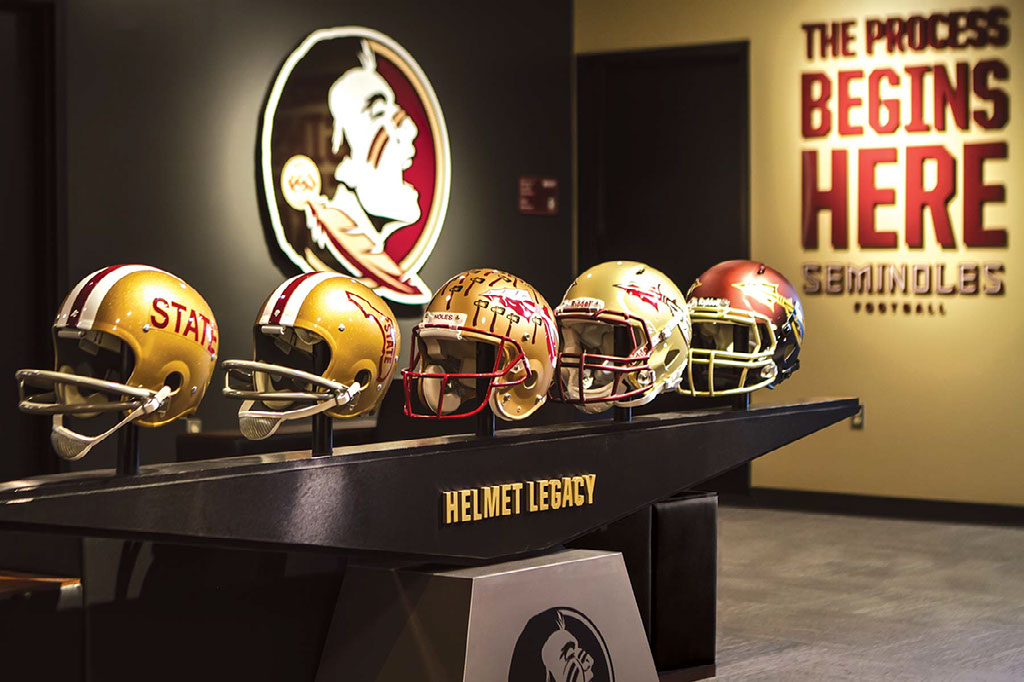
II. 1888-1895: Fort Hill, Mr. Clemson, and the Founding of the University
A. Continue past uniform cases and on the left you will encounter a full wall of pictures and information on the history of the area and the founding of the University.
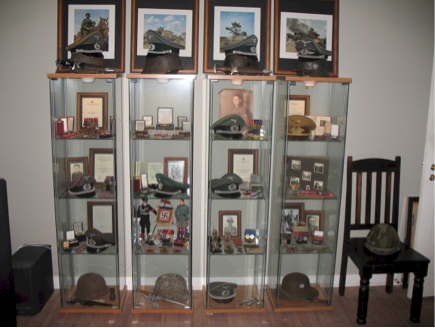
B. On right you will see a mannequin of Mr. Thomas Green Clemson sitting in a chair next to a tree with painting of his Ft. Hill home behind him. Signs next to this will give more information on Clemson and the creation of the University.
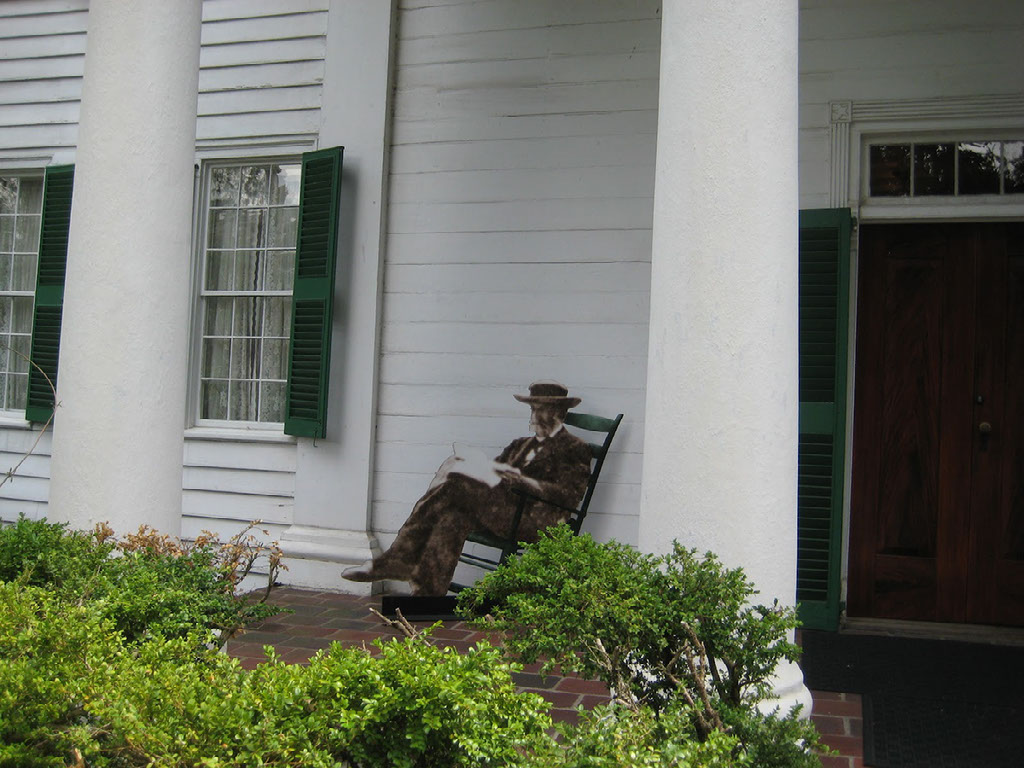
III. 1896-1908: Walter Riggs, John Heisman, and the rise of a New Southern Football Power
A. You now pass into a new room and ascend several small stairs. As you do so you can look down to your right onto a large diorama of the State Fair Grandstands—this model diorama is complete with fans and players. See horses and carriages and fancy dressed ladies and gentlemen. On the other side learn about the origin of the rivalry and the story of Big Thursday with pictures, programs, tickets, etc.
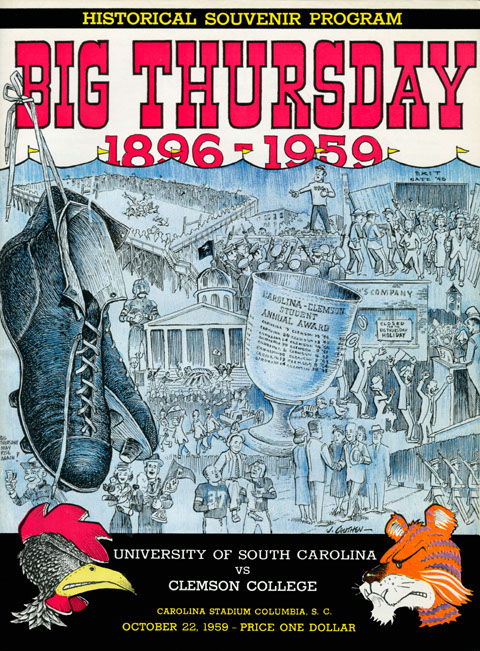
B. Just pass the model diorama find a mannequin of John Heisman looking at baskets of stacked Apples—commemorating his victory over GT on your left. Also find information on Clemson’s first coaches including Walter Riggs and John Heisman and Clemson’s place in the early development of the sport to your right. See letter from Heisman on forward pass—other documents
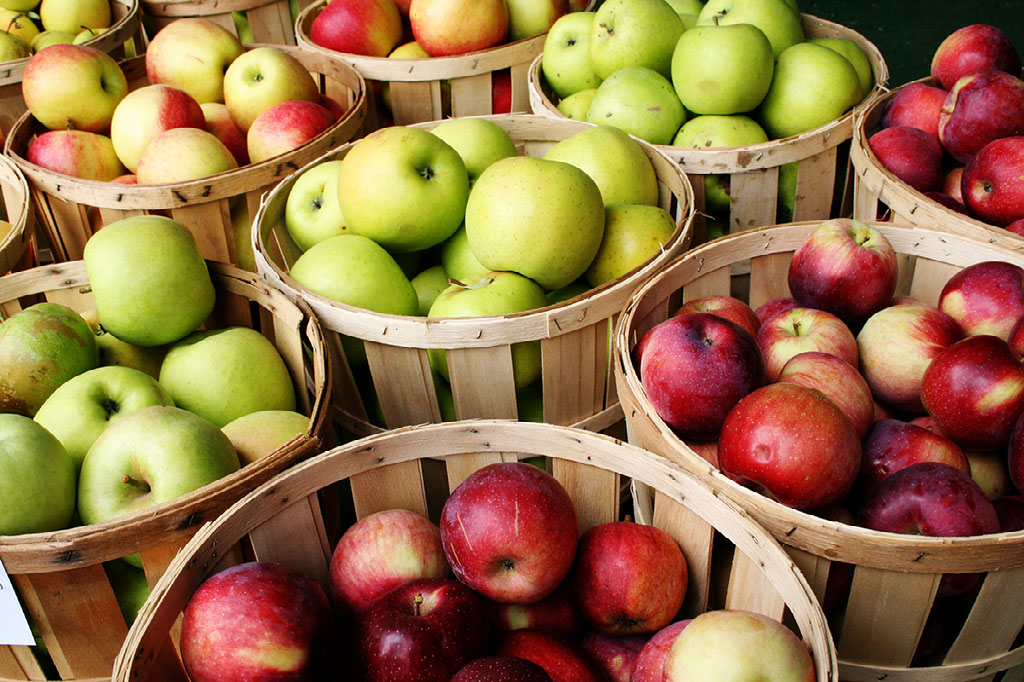
IV. 1909-1926: The Dark Ages
A. In the same room explore the Pendleton Escapade: To your right see several Clemson cadets standing around the Pendleton cannon—see placards explaining the event
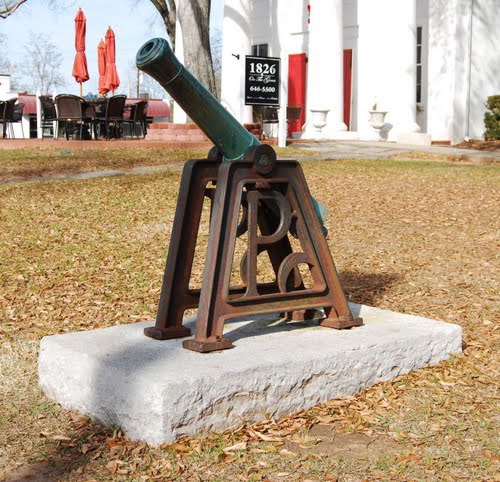
B. It is here to the left that we can explore a small exhibit on Clemson’s military heritage –from Cadets to WWI to WWII and the present. See pictures, cadet uniforms and other items, that high-lights their connected to the football team. Learn about Clemson’s storied military heritage.
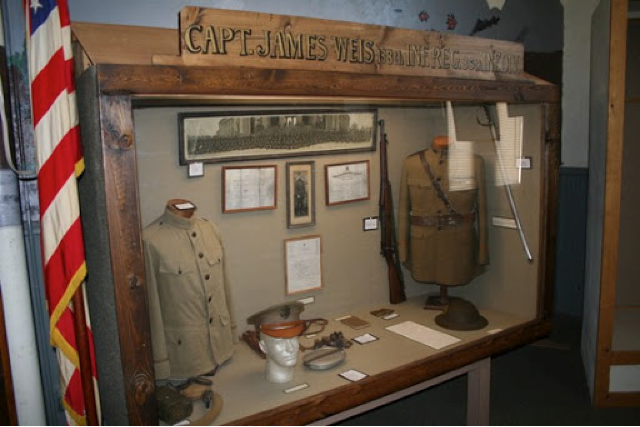
C. Just past here as you approach the back wall of the museum building is a section devoted to Clemson football facilities from the past to the present –See a large scale Lego (?) model of Death Valley as well as pictures and information on Bowman, Riggs, and practice facilities and support structures.
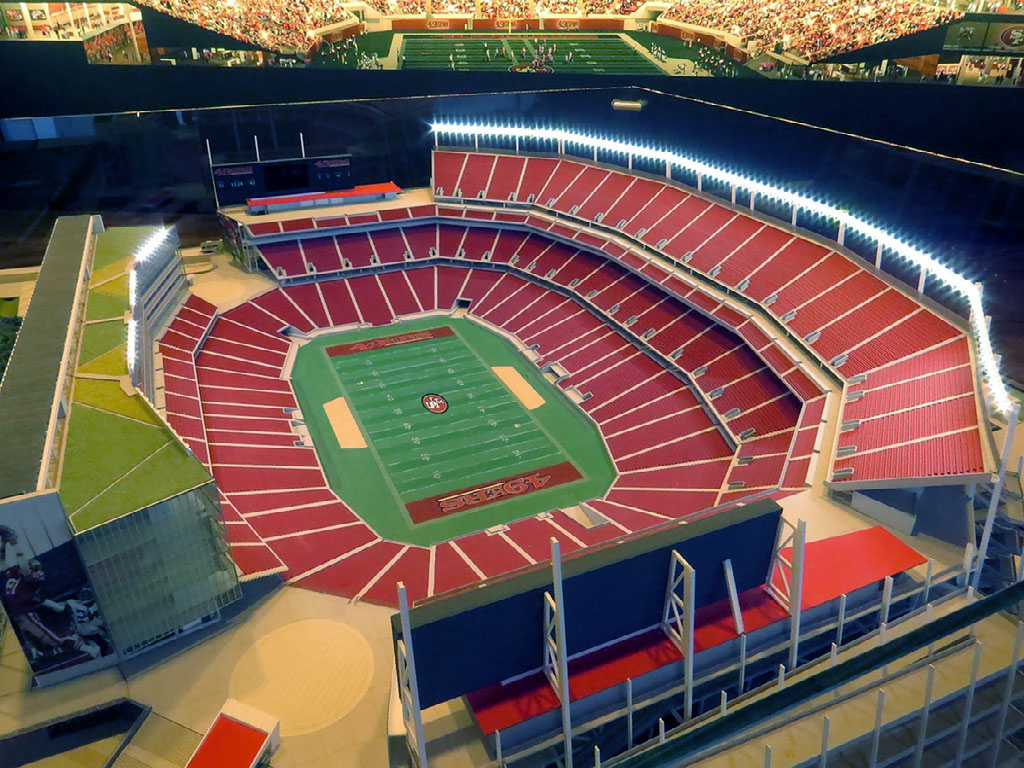
V. 1927-1939: Josh Cody, Jess Neely, and IPTAY Make the Tigers Roar Again
A. In the open space you turn left into—you will first see men in a period car (or outside it) talking about the creation of IPTAY. See information on IPTAY on items associated with it throughout the years, items, pictures, etc.

B. Just past this on the back wall see the back of a train-with background with players in cowboy hats going to 1939 Cotton Bowl waving. Near here will be a wall that will include a brief exhibit on the development of the railroad and what it meant to Clemson. Also here will be highlights on the Cotton Bowl win, Banks McFadden, and then a wall of highlights on other bowls with historical items and TV clips on monitors—including the National Championship(s).
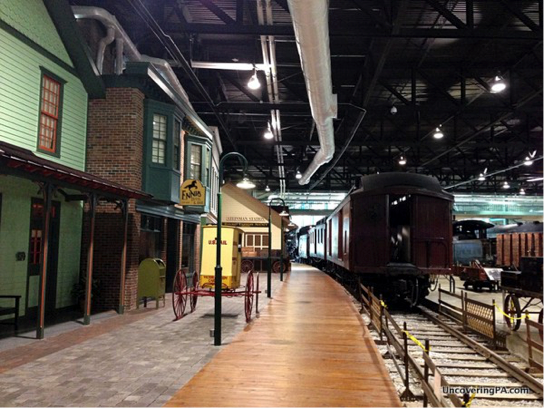
VI. 1940-1969: Frank Howard’s Golden Age of Tiger Football
A. Past the above exhibits in the center of the room see Coach Frank Howard’s Office including the Rock doorstop. Hear Coach Howard tell classic Stories. Pass by this to a large photo of Howard Blowing a goodbye kiss to Big Thursday-1959. See information here on Howard’s Rock.
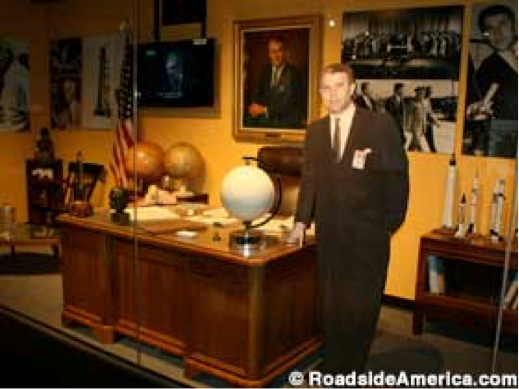
B. See information here also on the creation of the ACC and Clemson. See info on ACC Championships—tickets, programs, etc.
C. Here find a section on Clemson coaches—bios, records, etc on walls that divide the space in the museum.
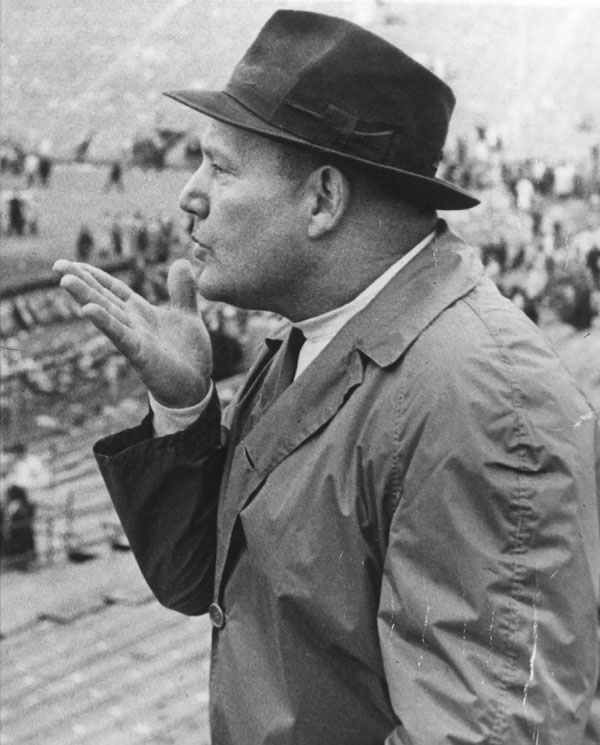
D. Explore Clemson’s biggest rivals-SC, UGA, GT, UNC, NC State-Textile Bowl, FSU—items and highlights of games playing on TVs
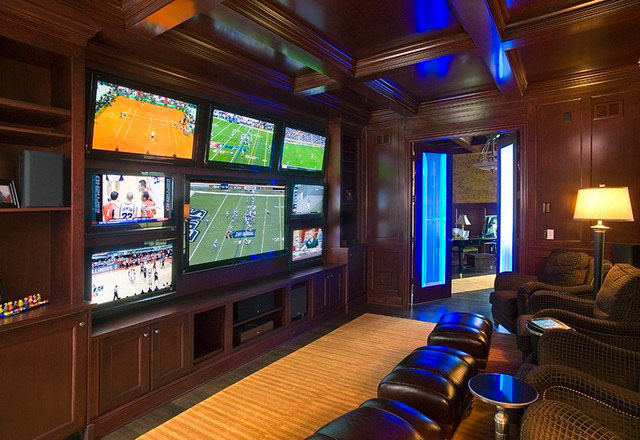
E. As you are leaving the area you will encounter a large electronic football game that kids (and adults) can play among themselves.
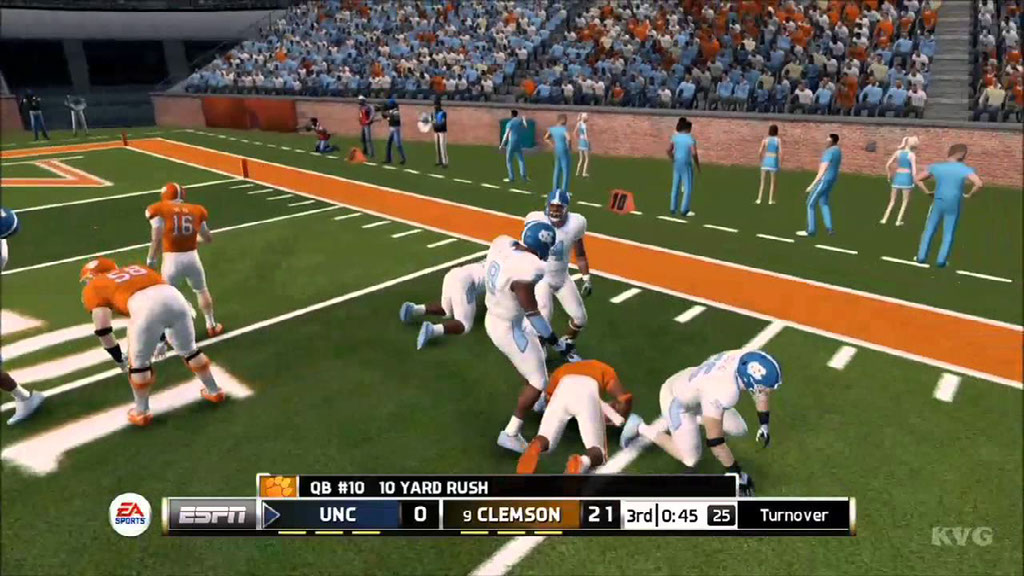
VII. 1970-1976: Hard Times for the Tigers
A. On the other side of the walls, walk past Tigerama stage with skit and actual audio. As the audio finishes see fireworks in the background.
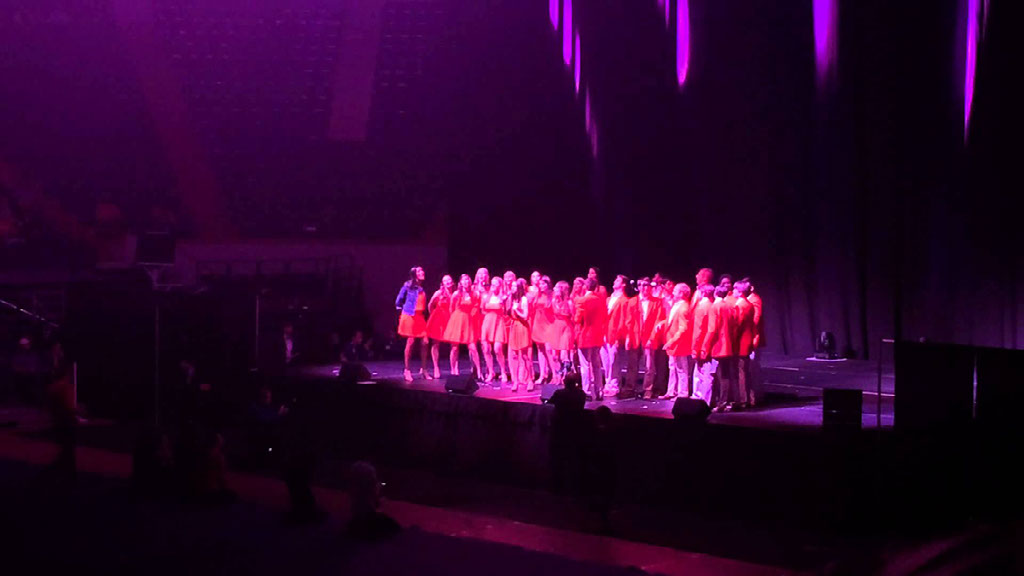
B. Then see a HC Display with student’s building it—see info on Tigerrama and Homecoming displayed.
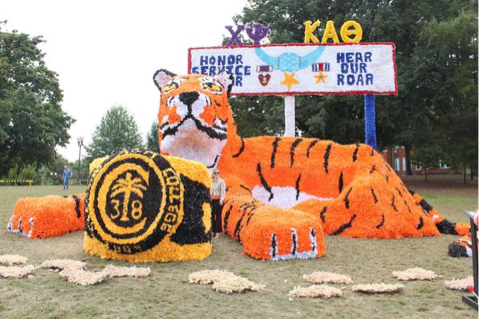
C. See information on the evolving Tiger and the Tiger Cub-with displays of suits and other items.

D. Move on to an ESSO Club like setting to see programs, tickets, memorabilia, and other items-including $2.00 bills.
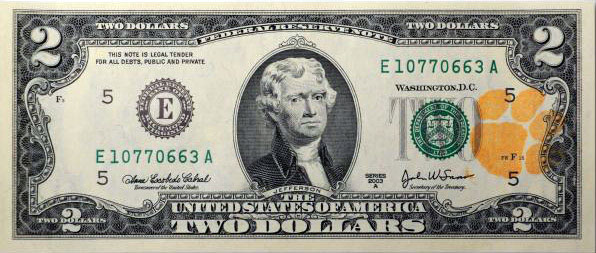
E. As you leave learn about the First Friday Parade and other Clemson traditions such as the creation of the paw and Spirit Blitz.
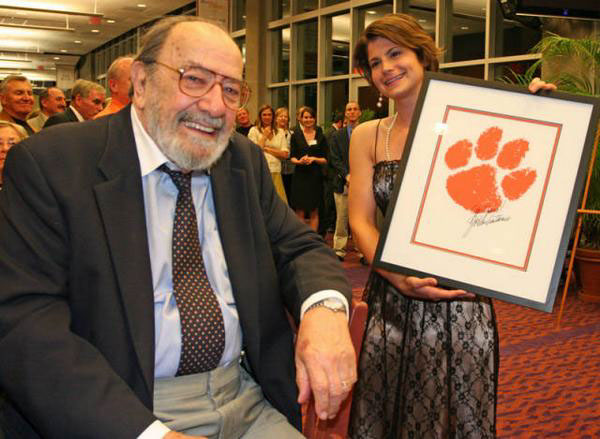
VIII. 1977-1989: Danny Ford’s Legacy: Putting the Tigers at the Top
A. Against one wall see recreation of a Broadcast Booth/TV Booth overlooking Death Valley with real calls from Jim Phillips and others. See various media highlighted including newspapers, radio, TV, and web. Children can be broadcasters calling Clemson’s greatest plays. Also see info on the legacy of SID’s Bob Bradley and Tim Bourret.
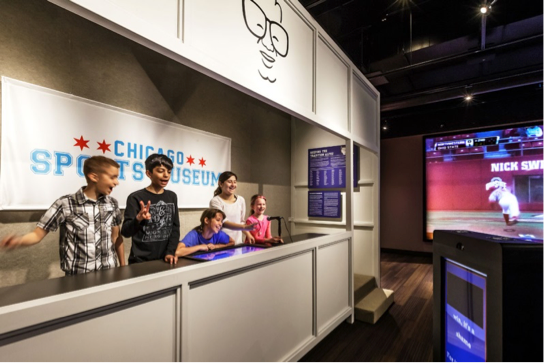
B. Now pass by a wall with All Americans and other great Tiger players highlighted with —bios, jerseys, trophies, and TV highlights of the greatest.
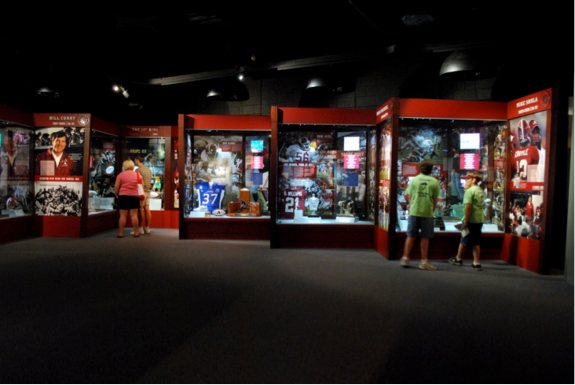
C. Display about the Tigers win over Nebraska in the 1982 Orange Bowl winning our first National Championship.
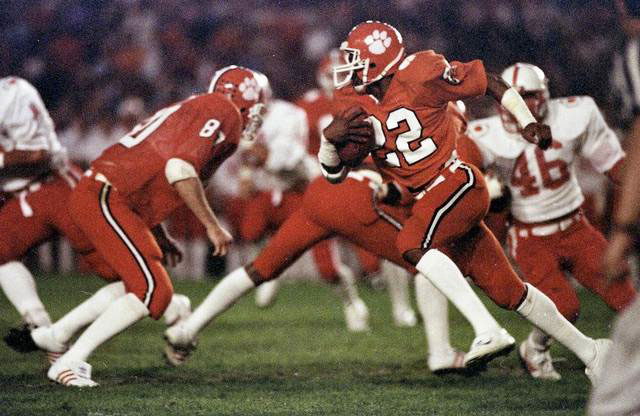
D. See Danny Ford and Ford’s Tower over a practice field. See information on Ford and his legacy.
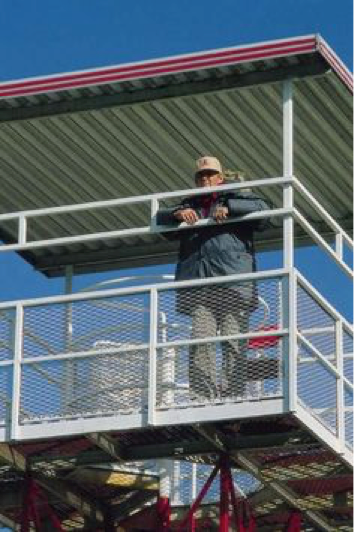
IX. 1990-2008: Dips, Turns, Rises and Missed Opportunities for the Tigers
A. See the evolution of the Tiger Tailgates- 1980 Tailgate vs 2015 Tailgate all set up side by side
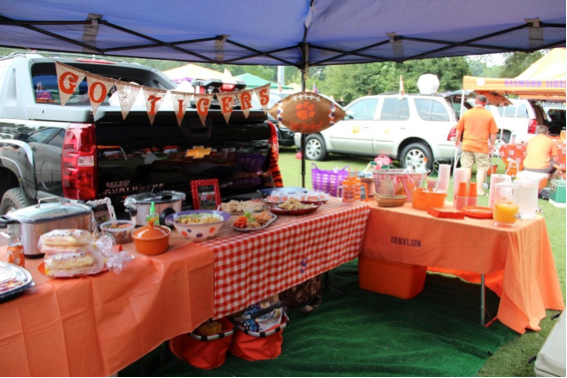
B. Go past section on Tigerband-music, band uniforms, etc.
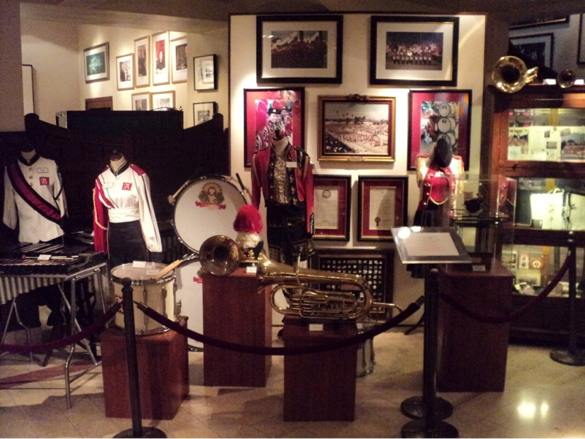
C. Then go by section on Clemson cheerleaders and Rally Cats—uniforms, cheers, mike man, and to the side the helmet car –all of this with the sounds of DV in the exhibit.
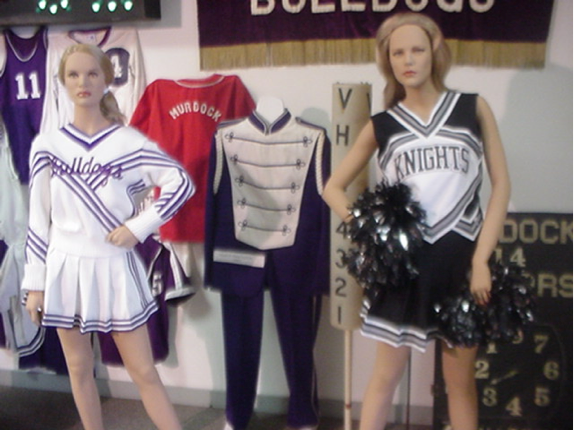
D. Next see mannequins for Tommy Bowden and Bobby Bowden meeting at midfield Bowden Bowl I with info on Bowden Bowls.
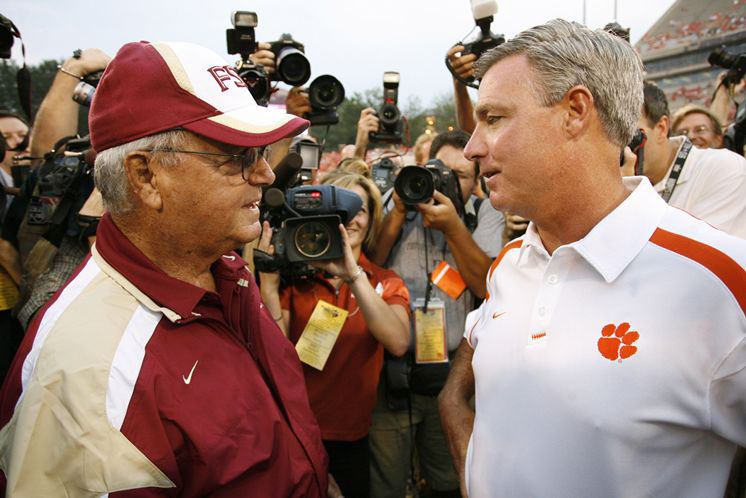
X. 2008-2015 (All In with Dabo)
A. Mannequins of Dabo and players at Locker room Dance Party. Includes a space to the side for children (and adults) to practice their victory dance moves.
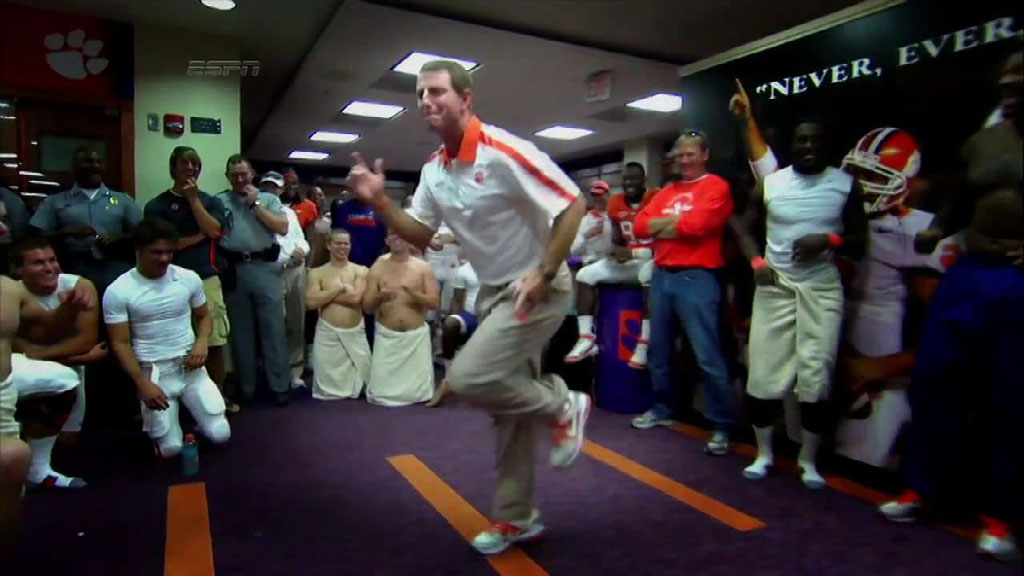
B. Here wall information will Highlight Dabo’s bio as well as his Women’s Clinic, Dabo’s Cookout, THE Dabo Pizza Party, the All-In Foundation, and the Habitat for Humanity house.
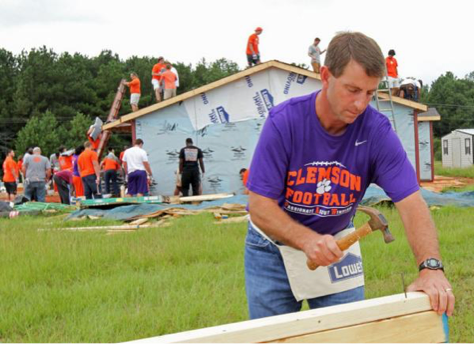
C. Around these exhibits--Daboisms will be written on wall.
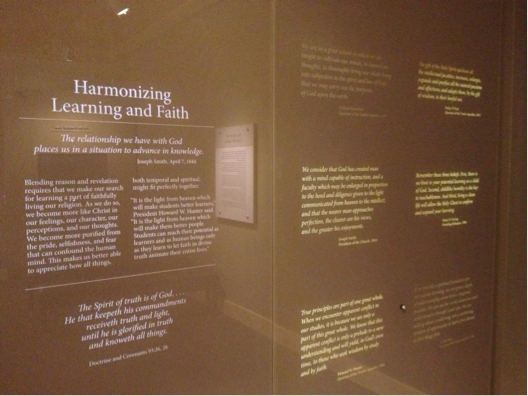
D. Sports Illustrated Covers will be displayed and -Children can take pictures with their favorite Tiger heroes (helmet and jersey supplied).
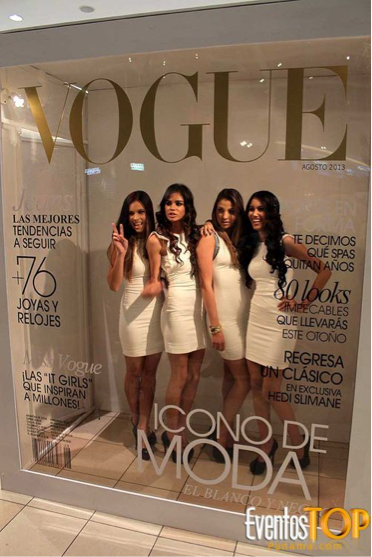
E. Also here will be highlights from big games on Huge TV’s-Dabo’s legacy.
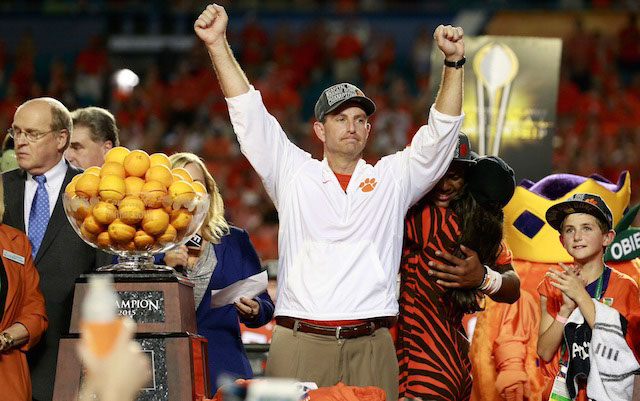
XI. Clemson Tigers Loyalty Room
This is place for all fans old to young to record, note, tell stories and hear and reflect on what it means to be a Clemson fan. See Joe Sherman’s words on one wall.
XII. Open storage
Open storage of other artifacts: On way out of exhibits visitors can see behind glass other artifacts not currently displayed in the exhibits.
XIII. Gift Store Corner
See small gift store as you exit past the reception desk. (Local shops can offer to have this area)
Museum will also have out of sight storage, admin offices, and meeting-activity spaces.